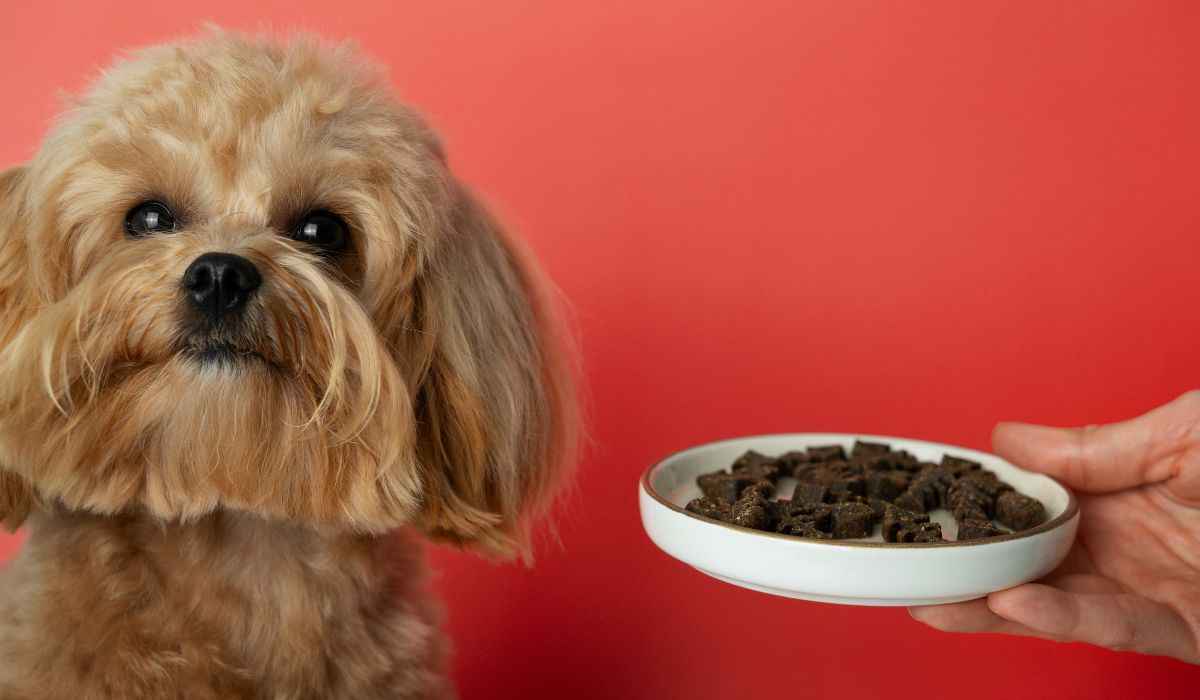 5 mistakes owners make when feeding their pets (Freepik)
5 mistakes owners make when feeding their pets (Freepik)
Proper nutrition is essential to promote the health of companion animals. Feeding a pet goes beyond satisfying hunger or ensuring survival: it also involves caring for their long-term well-being. Therefore, it is crucial for the owner to choose carefully from the various options available on the market. This becomes even more important considering that, in general, companion animals rely on a single food source, which will determine their quality of life.
+ Video: Dog Plays Tag with a Chicken and Charms the Internet
Even though pet owners intend to provide the best for their pets, some choices can be mistaken, seriously compromising the animal’s health. To help owners, veterinarian Gustavo Quirino, who works with the technical training team at Adimax, highlights the importance of choosing the ideal food for the needs of pets:
“In addition to choosing complete and balanced food, it’s important for owners to pay attention to the amount offered, take into account the pet’s specific needs according to its life stage, and avoid offering human foods (with the exception of some fruits and vegetables), even if it’s ‘just a little piece’ to satisfy those begging eyes, as some foods can be highly harmful to animals.”
Quirino lists the main mistakes owners make regarding food choices for pets and how they can affect the animal’s health:
– Not providing complete food specific to the species, life stage, and special needs: Cats have different nutritional requirements than dogs. For example, they need a higher amount of protein, fat, and other nutrients. Therefore, each species should receive specific food to prevent nutritional deficiencies. In addition, puppies, whether dogs or cats, have different nutritional needs than adults, as do older animals. Thus, there are foods developed specifically for different ages, lifestyles, and conditions. What differs among them is precisely the balance of nutrient levels to suit each life stage or specific need;
– Not providing complete and balanced food in the right quantity: In addition to choosing complete and balanced food, there is another key factor in promoting pet health and longevity that owners do not always consider: the daily quantity consumed. Providing the correct amount is very important to keep the pet at an ideal weight (neither underweight nor overweight). Excessive food can lead to weight-related illnesses, decreasing the animal’s life expectancy; too little food can lead to nutritional deficiencies, weight loss, and lower quality of life;
– Not making a gradual transition: When changing food is recommended, simply replacing the current food with the new one is not enough. One of the most common mistakes owners make is waiting until the food they have at home runs out before starting to offer the new one. Besides the risk of rejection by the pet, a sudden food change can cause vomiting, gas, and diarrhea in the animal. Making a gradual change, as directed on the packaging or by the veterinarian, is necessary for the pet’s gastrointestinal system to adapt to the new food;
– Not controlling the amount of treats: Treats are, in general, the most universal way for owners to show affection to their pets. However, offering them without restricting the quantity can lead to excessive calorie intake, resulting in weight gain and potentially causing obesity in the animal;
– Offering toxic foods to animals: Some human foods can be highly toxic to pets. Many owners, unaware of this, end up offering harmful foods to dogs and cats, such as chocolate, raisins, onions, garlic, among others. If the animal accidentally ingests any of these foods, it’s important to act quickly to avoid negative effects by contacting a trusted veterinarian.
Gustavo Quirino also warns about signs owners should watch for that may indicate the pet has a nutritional deficiency: “In cases of malnutrition, it’s common to observe changes in the coat, which may fall out, lose shine and softness, and become brittle, as hair consists of 95% protein; muscle loss, since pets won’t be able to meet their daily minimum calorie requirements and will start drawing on their energy reserves (muscle and fat); and dehydration, evidenced by pale mucous membranes, sunken/bulging eyes, loss of skin elasticity, and dry eyes and nose in cases where water intake is below recommended levels.”
By opting for complete and balanced food that respects the profile and specific needs, and offering it in the recommended quantity, the owner, who is responsible for the pet’s food choices, will help promote their pet’s health and well-being, ensuring a longer-lasting relationship with their beloved animal.
This content was created with the help of AI.

